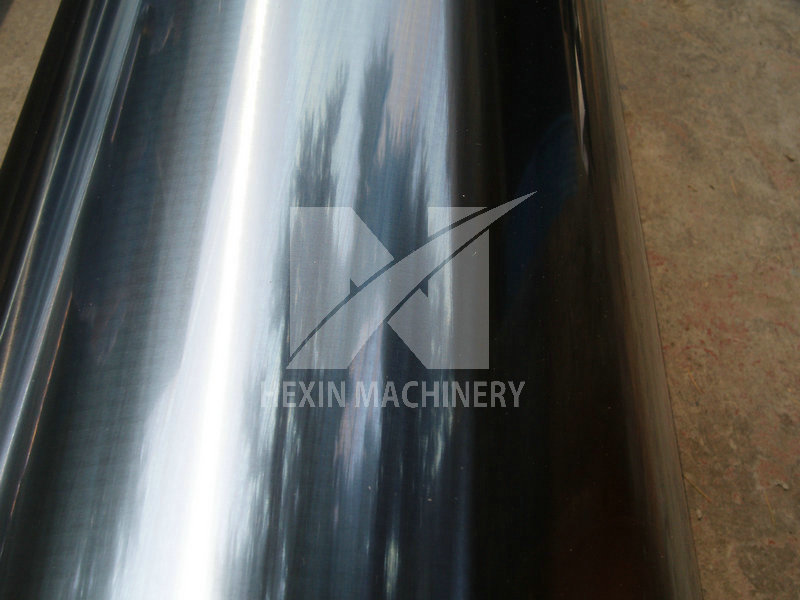Embossing roller is a common type of roller product. It has a wide range of applications and is suitable for embossing of concave and convex patterns such as plastic sheets, films, aluminum foils, leather, and hard plates. The products are rich in variety and can be widely used in plastics, paper, wood, sanitary materials, non-woven polymers and other industries. It is mainly used in the fields of calendering, drooling, drooling of rubber and plastic machinery and surface calendering of paper and clothing fabrics. It adopts gapless gear transmission to ensure precision. It is widely used in embossing of paper, plate, aluminum foil, decorative materials, etc., with the advantages of clear pattern and strong cubic sense. It is mainly used for matting, sizing and coloring of cast film. Leather, artificial leather, paper and other industries. Our company also has a type of glass embossing roller, which is made of high-quality 45# steel or heat-resistant steel roller blank, and is electroplated after digital engraving, which is specially used for glass printing.
The material selection of the embossing roll and its temperature control require that the final forging temperature of the embossing roll material should ensure that the steel still has sufficient plasticity before the end of forging, and that the forging obtains a recrystallized structure after forging.
The carbon content of alloy structural steel is generally between 0.12% and 0.5%, and its metallographic structure in the annealed state is classified as hypoeutectoid steel. The carbon content of alloy tool steel is 0.7% to 1.5%, which is developed on the basis of carbon tool steel, and its annealed structure is generally hypereutectoid steel. For hypereutectoid steel, when the temperature drops below SE line (Acm), secondary carbides (alloy carbides for alloy steel) begin to precipitate, and they are distributed along the grain boundaries in a network. In order to break the network cementite, To make it granular or discontinuous network distribution, forging should be continued in the two-phase region below Acm. When the temperature drops to a certain level, the forging must be terminated due to a significant drop in plasticity. The final forging temperature of hypereutectoid steel should generally be 50-100°C higher than A1 (SE' line).


